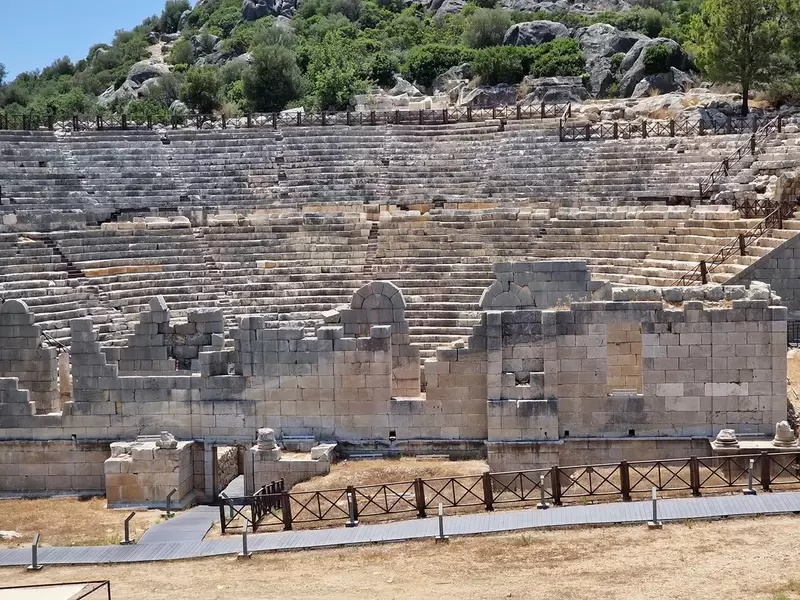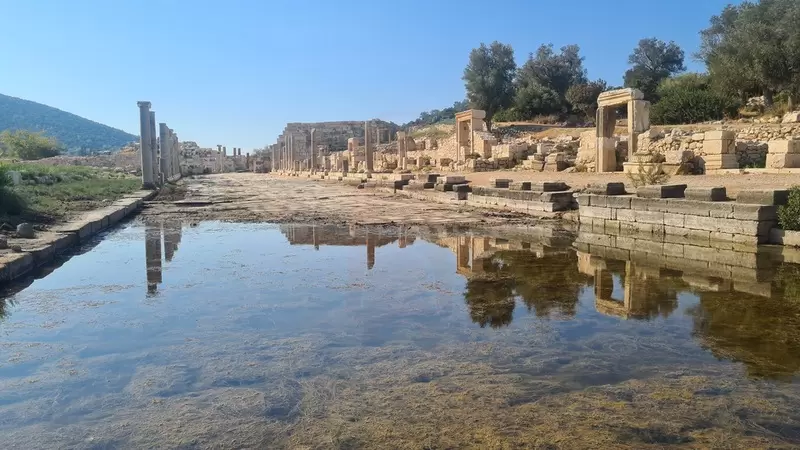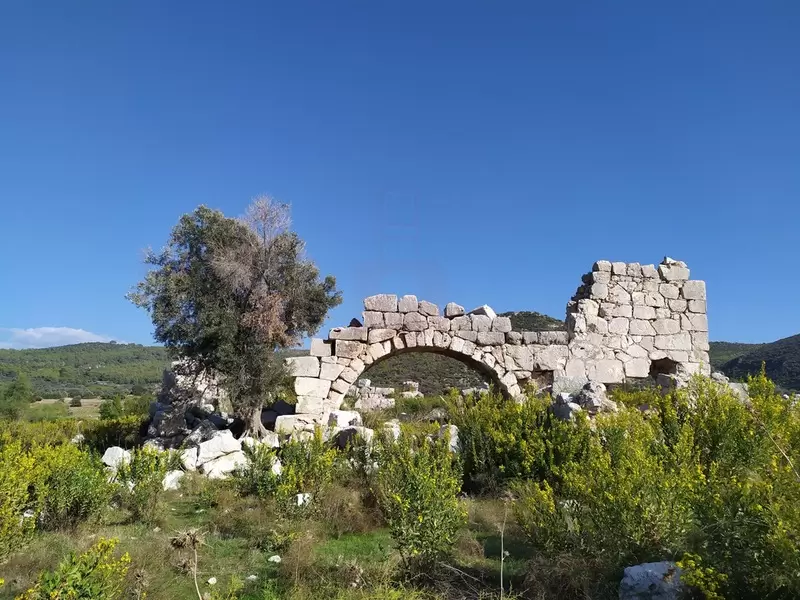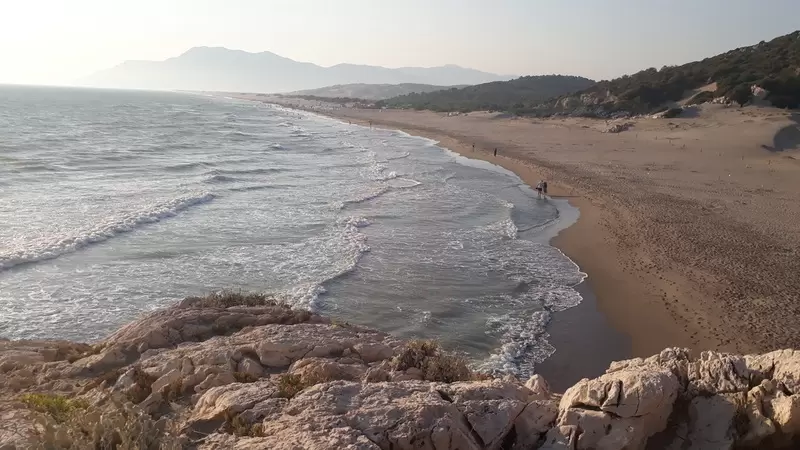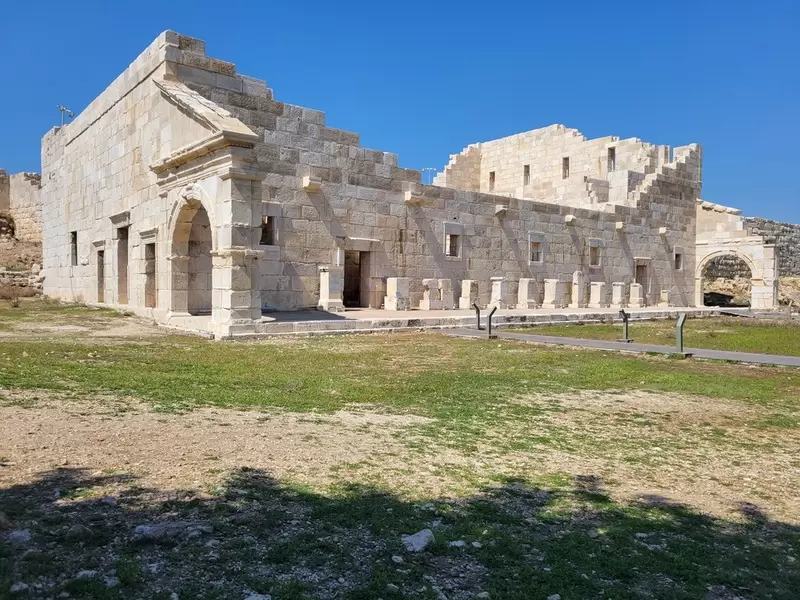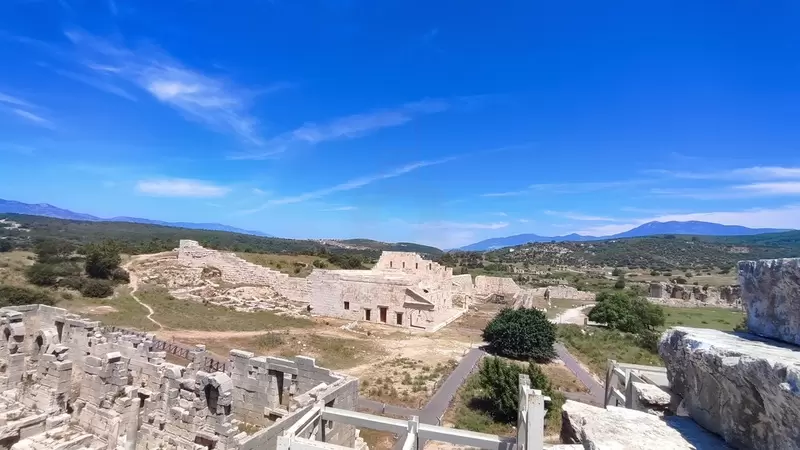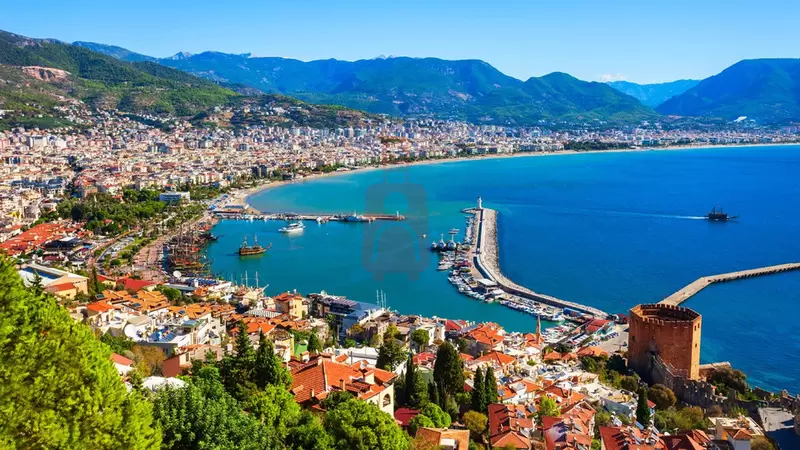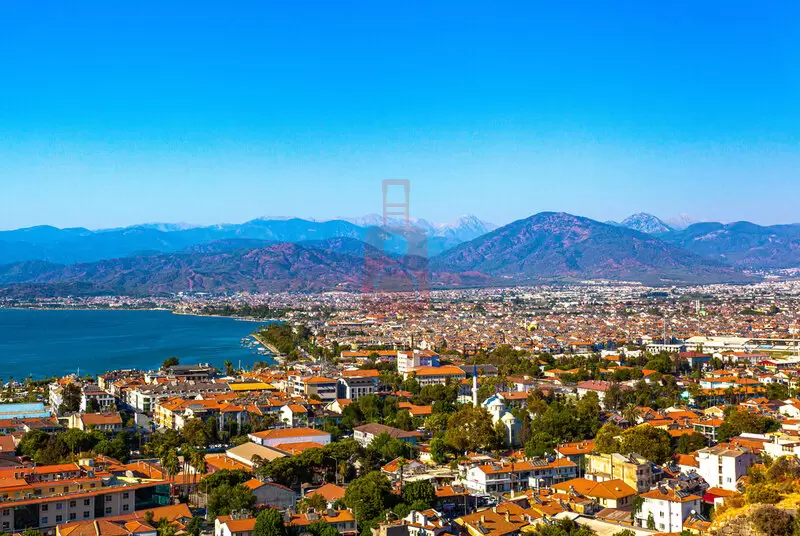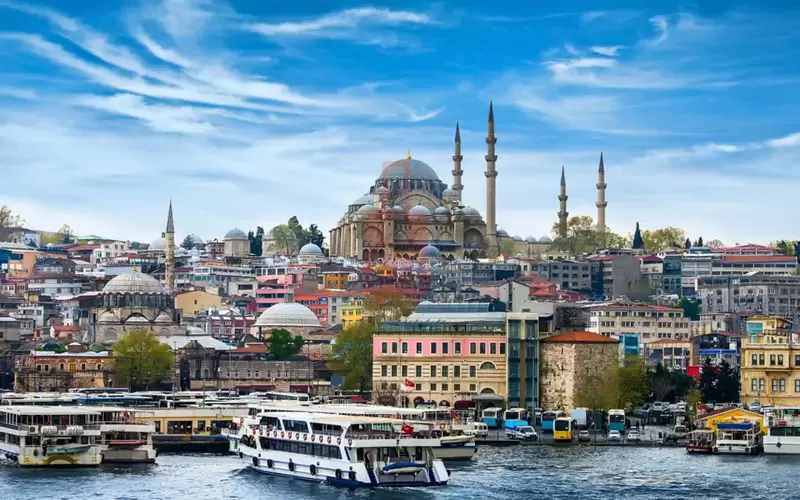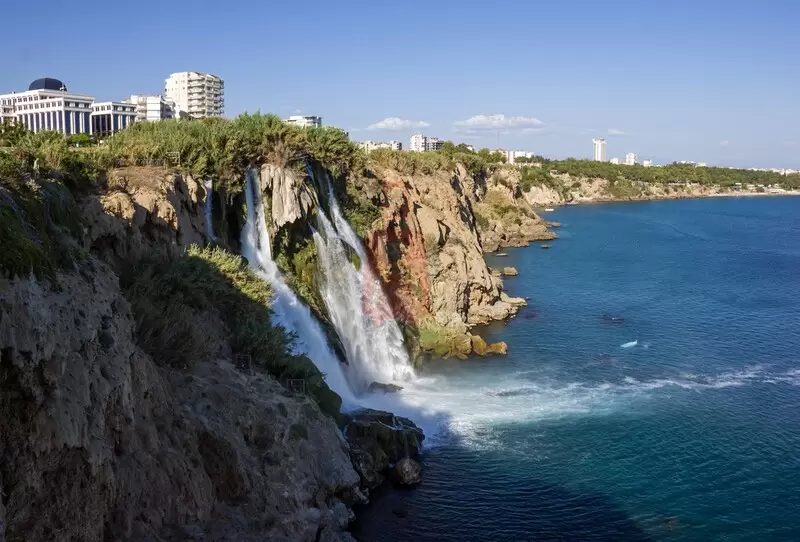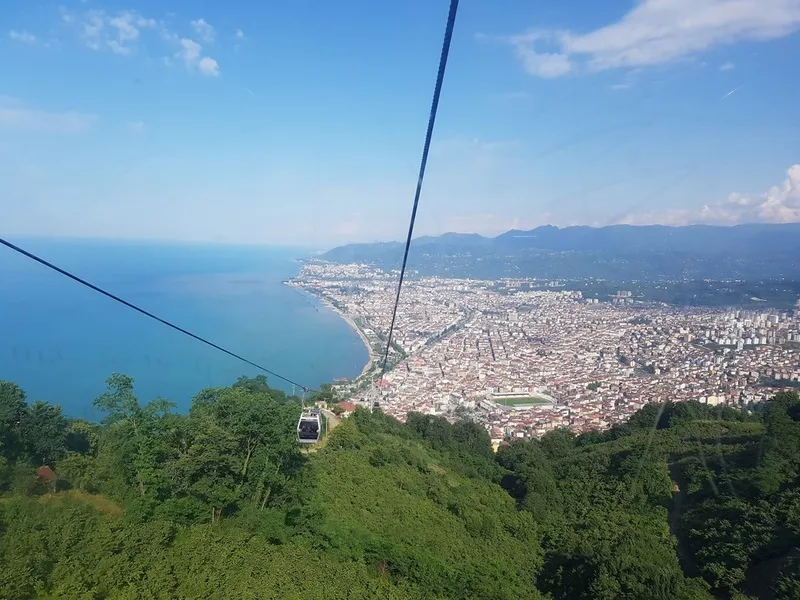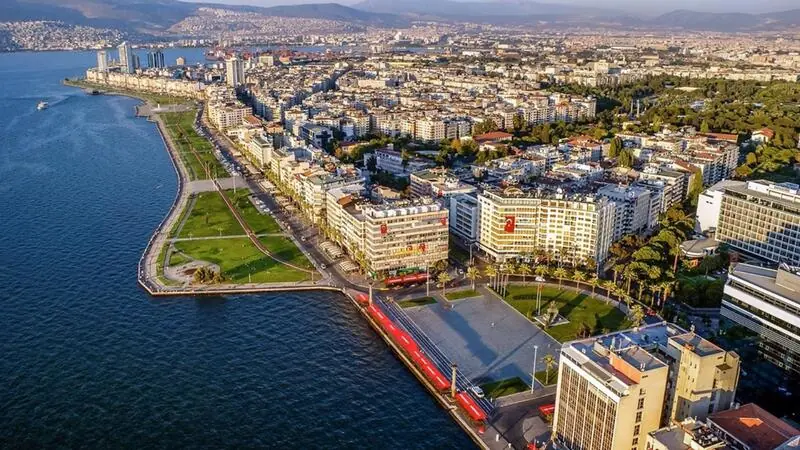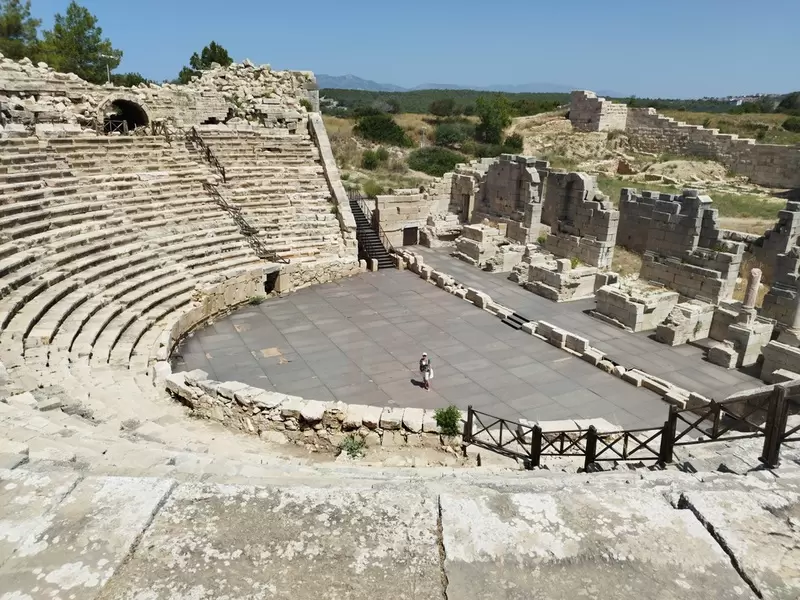
Located in modern-day Turkey, Patara Ancient City holds a significant place in history as one of the most important archaeological sites in the Mediterranean region. Nestled on the southwestern coast of the country, near the town of Gelemiş, Patara boasts a rich historical heritage and breathtaking natural beauty. Patara Ancient City, located on the southwestern coast of modern-day Turkey, is a historically significant site that offers a rich blend of natural beauty and archaeological wonders. Renowned as one of the most important cities in ancient Lycia, Patara holds a special place in history due to its strategic location, vibrant culture, and notable contributions to the region.
Nestled amidst picturesque landscapes, Patara Ancient City boasts a stunning 18-kilometer-long sandy beach, which is not only a haven for sun-seekers but also holds ecological importance as a nesting ground for endangered loggerhead sea turtles. This pristine shoreline adds to the allure of the site and provides visitors with an opportunity to relax and unwind in a tranquil coastal setting.
Stepping back in time, Patara flourished as a prosperous trading port and a hub of maritime activity during the Hellenistic and Roman periods. It served as a crucial link between the eastern Mediterranean and the rest of the ancient world, enabling a thriving exchange of goods, ideas, and cultures. The city's strategic position granted it economic significance, contributing to its growth and prominence.
One of the most remarkable features of Patara Ancient City is its well-preserved ruins, which offer a glimpse into its glorious past. The monumental city gate, known as the Arch of Triumph, stands as a testament to the grandeur of the city's entrance. As visitors venture further into the site, they encounter the remains of an impressive colonnaded street, lined with ancient shops and public buildings. This thoroughfare once bustled with activity, as merchants and locals went about their daily lives.
At the heart of Patara, the ancient theater takes center stage. Constructed during the Roman period, this magnificent structure could accommodate thousands of spectators who gathered to witness theatrical performances and other cultural events. The theater's tiered seating and its commanding view of the surrounding landscape make it an awe-inspiring sight to behold.
Another notable highlight is the Patara Necropolis, an extensive burial ground located just outside the city walls. With its rows of elaborately adorned tombs and sarcophagi, the necropolis provides insight into the funerary practices and societal beliefs of ancient Patara.
Beyond its architectural marvels, Patara Ancient City is associated with several prominent historical figures. It was the birthplace of Saint Nicholas, the inspiration behind the modern-day figure of Santa Claus. Saint Paul, one of the most influential figures in early Christianity, is believed to have visited Patara during his missionary journeys.
Whether you are an avid history enthusiast, a nature lover, or simply seeking a serene coastal retreat, Patara Ancient City offers a captivating experience. Its blend of archaeological treasures, idyllic beaches, and cultural significance make it a must-visit destination for those seeking to explore the wonders of ancient Lycia and immerse themselves in the allure of the Mediterranean's past.
Historical Significance:
Patara Ancient City was a prominent Lycian settlement and a flourishing port city during ancient times. It served as the main harbor of the Lycian League, an alliance of Lycian cities, and played a vital role in maritime trade routes between the Eastern Mediterranean and other regions. The city's strategic location facilitated connections with Greece, Egypt, and even distant lands like Phoenicia.
Notable Features:
1. Arch of Triumph: One of the iconic structures of Patara Ancient City is the Arch of Triumph, also known as the Monumental Gate. This grand arch, constructed in the 1st century AD, served as the entrance to the city and commemorated the Emperor Hadrian's visit to Patara.
2. Patara Amphitheater: The well-preserved amphitheater of Patara is a testament to the city's cultural and entertainment heritage. Built during the Roman period, it could accommodate up to 10,000 spectators and hosted various performances, including theatrical plays and gladiatorial contests.
3. Parliament Building: Patara was renowned for its democratic governance system, and the city housed an impressive parliament building, known as the Bouleuterion. This circular structure was where elected representatives gathered to discuss and make decisions concerning the affairs of the Lycian League.
4. Patara Beach: Beyond its historical significance, Patara is also famous for its stunning 12.5-kilometer-long sandy beach. This pristine shoreline is not only a haven for sun-seekers but also serves as a nesting ground for endangered loggerhead sea turtles. Consequently, the beach is protected as part of the Patara Beach and Dunes National Park.
Visiting Patara Ancient City:
When you visit Patara Ancient City, you'll have the opportunity to explore its remarkable ruins, soak in the historical ambiance, and immerse yourself in the beauty of the surrounding landscape. The site is open to the public, and you can wander through the ancient streets, marvel at the architectural remains, and envision the vibrant city that once stood there.
It's advisable to wear comfortable shoes, as there is considerable ground to cover while exploring Patara. Additionally, don't forget to carry sunscreen, a hat, and plenty of water, especially if you plan to visit during the warmer months.
Patara is conveniently located near several popular tourist destinations, including the vibrant town of Kaş and the famous Lycian Way hiking trail. So, if you have the opportunity, consider extending your visit to explore the wider region and discover more of Turkey's historical and natural wonders.
